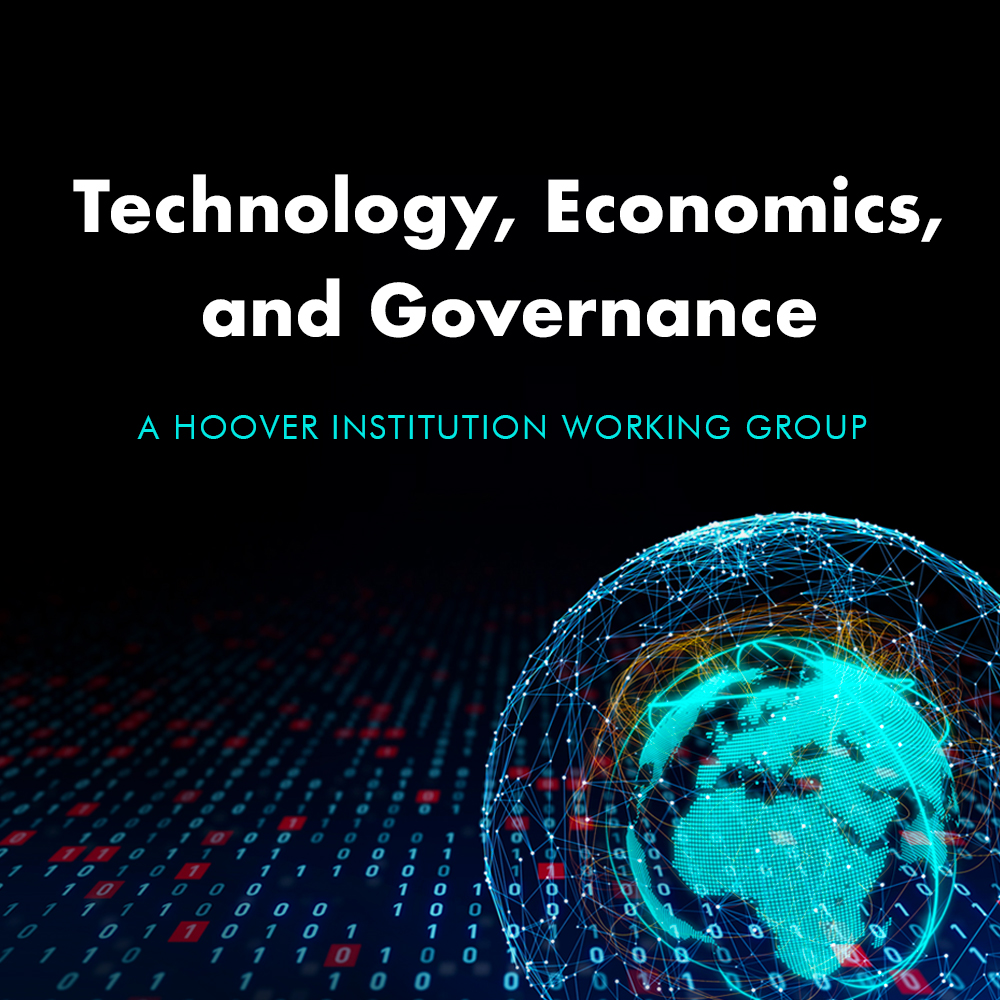
Navigating the Tech Tides: From Apple to Antarctic Voyages
The iOS 18.1 Update: A Tidal Wave of Battery Complaints
In the wake of the recent iOS 18.1 update, a significant backlash has emerged from the iPhone community regarding battery performance. Users have taken to social media platforms, particularly X, to express their frustrations with dramatic complaints like, “So after updating to iOS 18.1 RC, my phone became super hot all of a sudden” and, “I’ve had iOS 18.1 installed for less than an hour. Why is my battery draining so fast?” This outcry raises critical questions about software updates and the impact on device longevity.
 Users express their concerns over battery drain following iOS 18.1.
Users express their concerns over battery drain following iOS 18.1.
While some iPhone enthusiasts report a smooth experience with the update, others are not as fortunate. Specific features, such as Apple Intelligence, have been singled out as potential culprits for this battery drain. The consensus among many voices in the tech community is to remain calm and allow for a period of adjustment. After all, immediate post-update behavior may not accurately portray the overall performance, particularly as devices engage in background tasks during the initial hours.
Understanding the iOS Battery Dynamics
As shared in a report by ZDNet, the battery life after updates often fluctuates due to multiple underlying factors. Not only does the system engage in background updating processes post-installation, but it also recalibrates various features that demand considerable power during this phase. Apple appears to acknowledge these patterns, having updated its messaging within the battery settings to inform users about potential performance hits post-update. Considering this, my advice is to wait for 24 to 48 hours to monitor how your device behaves before making any drastic decisions.
In the universe of tech updates, this scenario is not unique to Apple. Other tech giants are also grappling with their beta phases and final releases, sometimes leading to unforeseen challenges. But what about the implications of these updates beyond the short-term battery issues?
From High Tech to High Seas: Polynesian Voyagers
Shifting from the digital realm to historical insights, recent research indicates a fascinating review of Polynesian seafarers and their considerable navigation feats in the South Pacific. Investigations at the Sandy Bay archaeological site reveal that these ancient navigators, active from around AD 1250–1320, ventured into high latitudes but most likely did not reach the cold expanses of Antarctica.
 Polynesian voyagers exhibiting remarkable navigation skills.
Polynesian voyagers exhibiting remarkable navigation skills.
This ongoing investigation led by an international team of archaeologists and paleoecologists showcases how historical maritime societies achieved feats thought to be beyond their scope. The exploration of their capabilities serves as a reminder of humanity’s intricate history with navigation and sustains an age-old curiosity about the seas.
The Cloud Wars: Microsoft vs. Google
As technology continues to capture our imaginations, it’s impossible to overlook the ongoing tussle between tech behemoths, with Microsoft recently claiming that Google is orchestrating ‘shadow campaigns.’ This dramatic assertion comes from a blog post by Microsoft’s deputy general counsel, Rima Alaily, alleging that Google’s recently formed Open Cloud Coalition is attempting to skew cloud regulations in its favor.
In a digital landscape where competition is fierce, Microsoft’s public allegations towards Google reflect escalating tensions. The ongoing cloud wars between these two tech giants mirror similar dynamics across various sectors, including AI and productivity software. Google, responding to the claims, highlights systemic issues surrounding Microsoft’s licensing practices, arguing that these effectively lock customers into its ecosystem, thus challenging the principles of a free and competitive marketplace.
 The evolving landscape of cloud services and tech competition.
The evolving landscape of cloud services and tech competition.
As they spar over regulatory environments, each entity must address user concerns while progressing toward healthy market competition. Notably, Google’s cloud revenue has grown, yet Microsoft continues to dominate the market with Azure, sparking critical discussions about which practices are fair or detrimental. The stakes here are not merely about cloud services; they ripple into broader implications like innovation, consumer choice, and market integrity.
Conclusion: The Tech Tides Are Always Changing
Just as Polynesian navigators charted unknown waters and robust competition drives our digital landscape, the tech world endures cycles of transformation as immense as the oceans. Individuals must navigate these changes with acuity, weighing the merits of updates against their inherent frustrations while understanding the broader financial and ethical implications behind corporate rivalries.
In moments of frustration, whether dealing with a drained battery or competitive tech disputes, the spirit of exploration and innovation should encourage patience and resilience. As we ponder the ramifications of these furrowing tech tides, remember that the horizon constantly shifts, ensuring we stay engaged and informed in a rapidly evolving landscape.














